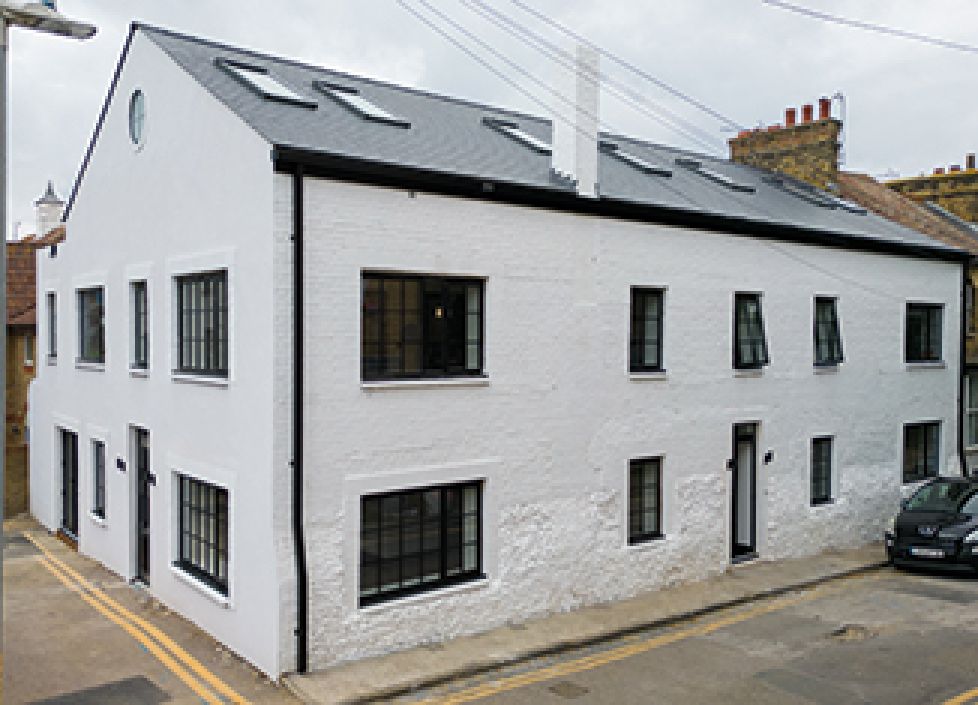Just three years ago the alternative finance market in the UK was worth less than £1bn. Last year, NESTA (which produces annual reports on the sector) estimated its value at £3.2bn and this year it is expected to surpass £5bn. However, within the alternative finance market, real estate finance has soared in the past two years. For example, the 2013 NESTA report has no mention whatsoever of the terms 'real estate' or 'housing'. And yet, by 2015, the report found that Real Estate and Housing was the most popular sector for the alternative finance market, with combined debt and equity-based funding reaching £700m.
However, peer-to-peer (debt) funding accounted for the lion's share of that amount (£609m), with equity-based crowdfunding coming in at a much more modest £87m. So what is the difference?
Equity v Debt investments
Both debt and equity crowdfunded property investment platforms have become popular in a short space of time and the sector continues to expand. While both types involve the raising of finance from a crowd of individuals, they are also very different.
When the crowd have pooled resources to purchase a property and the profits (or losses) are shared proportionately, that is property crowdfunding. This is not to be confused with peer-to-peer lending where property developers cut out the bank and borrow directly from a crowd of individual investors instead. These lenders loan directly to the borrower and their money is secured by way of a registered legal charge against the property, much the same as when banks lend.



















